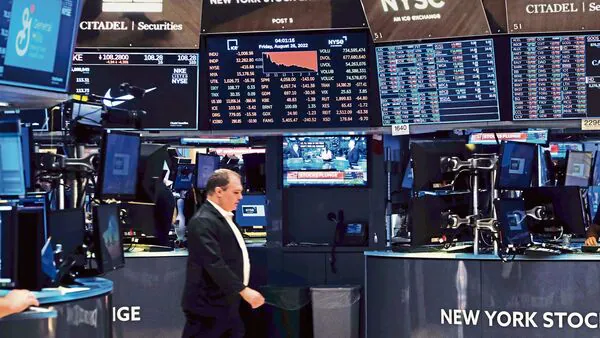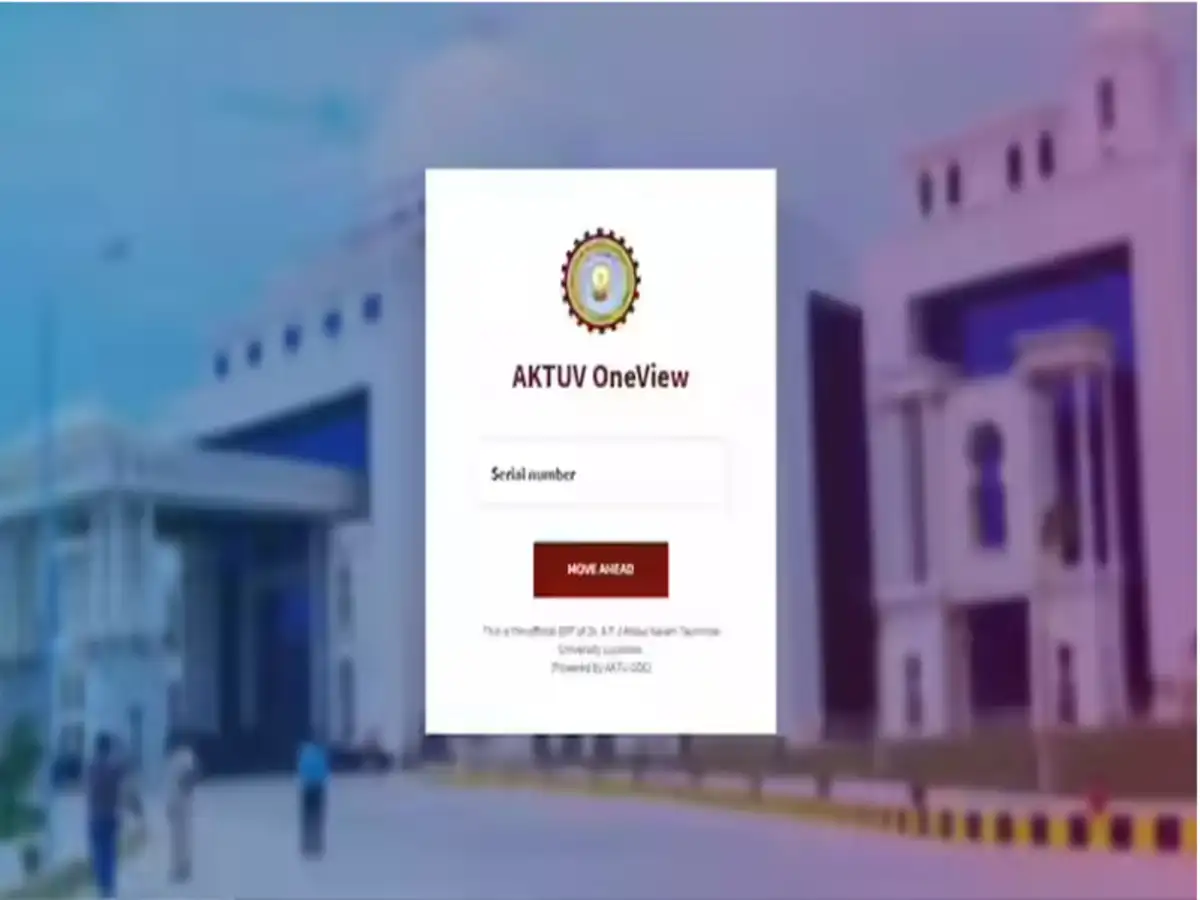
A New Era in U.S.-India Relations
The diplomatic relationship between the United States and India is entering a crucial phase. With the critical July 9 deadline approaching, a landmark Bilateral Trade Agreement (BTA) between the two nations is reportedly in the final stages. According to White House officials, the deal is expected to strengthen economic ties, reduce tariffs, and boost cooperation in the Indo-Pacific region.
White House Press Secretary Karoline Leavitt recently highlighted the deepening ties between President Donald Trump and Prime Minister Narendra Modi, calling India a “very strategic ally.” In this blog, we’ll dive into the latest updates on the trade deal, U.S.-India diplomatic relations, QUAD developments, and what this means for global geopolitics and trade.
Key Highlights
U.S.-India Bilateral Trade Agreement expected before July 9
White House praises Trump-Modi personal relationship
Trump seeks “full trade barrier dropping” with India
EAM S. Jaishankar attends QUAD meeting in U.S.
Trump confirms visit to India for next QUAD Summit
🤝 U.S.-India Trade Deal: What’s at Stake?
The U.S.-India Bilateral Trade Agreement has been in the making for several months, with both nations pausing tariff escalations for 90 days. The goal is to finalize terms that benefit both economies by removing trade barriers, promoting reciprocal access to markets, and enhancing bilateral exports and imports.
Trump’s Statement on Trade Barriers
In a recent press interaction, President Donald Trump was optimistic about reaching a deal. However, he also voiced concerns over market access issues in India:
“Right now, it’s restricted. You can’t walk in there, you can’t even think about it… We are looking to get a full trade barrier dropping… I’m not sure that is going to happen, but we are close.”
This reflects the U.S. administration’s goal of securing greater access to the Indian economy, especially in sectors like agriculture, pharmaceuticals, e-commerce, and technology.
🏛️ White House Endorses India’s Role in Indo-Pacific
Addressing a press conference on June 30, White House Press Secretary Karoline Leavitt underlined India’s growing importance in maintaining peace and balance in the Indo-Pacific region.
“India remains a very strategic ally… The President has a very good relationship with Prime Minister Modi, and he will continue to have that.”
This statement underscores India’s pivotal role in countering China’s growing influence in the region, especially through partnerships like the QUAD.
🌐 What Is the QUAD and Why It Matters?
The Quadrilateral Security Dialogue (QUAD) is a strategic alliance among India, the U.S., Japan, and Australia, focused on ensuring a free, open, and inclusive Indo-Pacific. The group originated from humanitarian cooperation following the 2004 Indian Ocean tsunami, but has since evolved into a powerful geopolitical alliance.
Jaishankar in the U.S.
India’s External Affairs Minister S. Jaishankar is currently in the U.S. to participate in the QUAD Foreign Ministers’ Meeting. He also inaugurated an exhibition at the United Nations titled “The Human Cost of Terrorism,” bringing attention to the global threat of state-sponsored terrorism—an issue India consistently highlights on international platforms.
🇺🇸 President Trump to Visit India
In a major diplomatic development, President Trump has accepted PM Modi’s invitation to attend the upcoming QUAD Summit in New Delhi. The announcement came after a phone call between the two leaders on the sidelines of the G7 Summit in Canada.
Why This Visit Matters
Trump’s visit to India will:
- Cement the strategic partnership between the two nations
- Mark a new chapter in trade and defense cooperation
- Send a strong message of unity within the QUAD amid rising regional tensions
📈 Economic Implications of the Trade Deal
If finalized, the U.S.-India trade deal could:
- Increase bilateral trade volume significantly (currently over $170 billion/year)
- Open up Indian markets to U.S. goods and services
- Provide Indian exporters preferential access to the American market
- Boost sectors like tech, defense, energy, and pharmaceuticals
This could also signal a shift in global supply chains, reducing dependency on China and promoting a more multipolar trade system.





